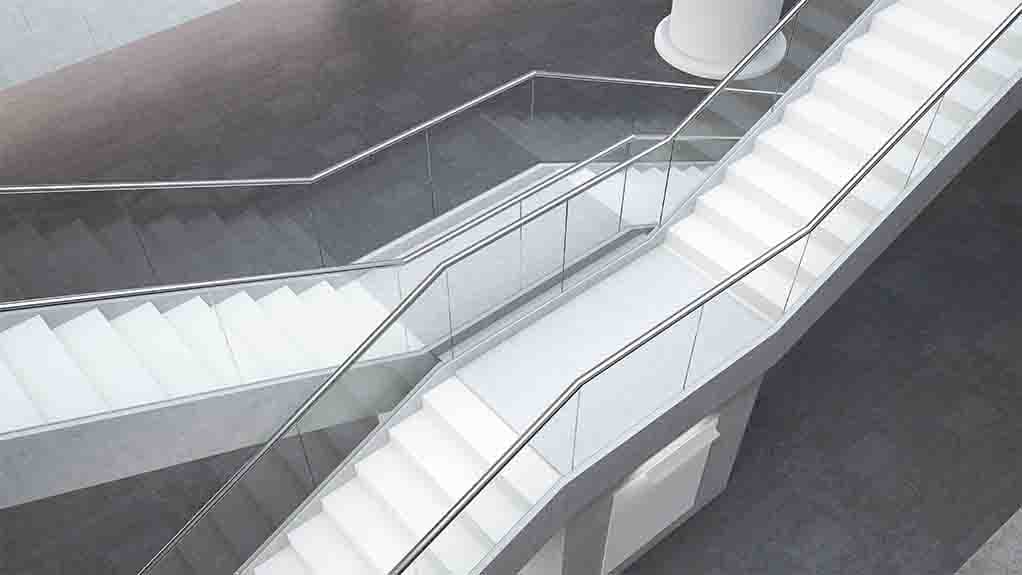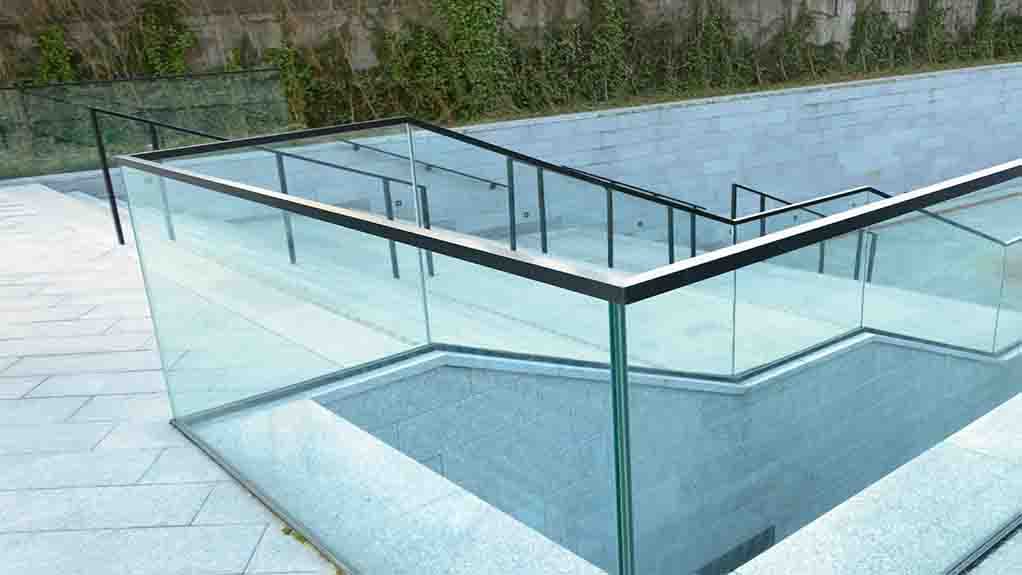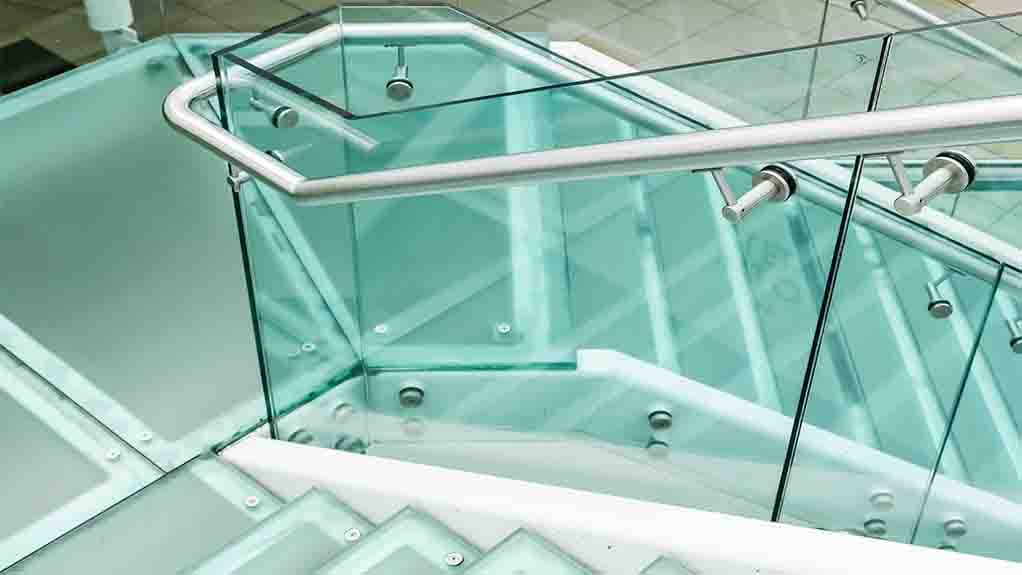Introduction
Greetings, everyone! Who’s up for a little DIY home improvement? Today, we’re diving into a topic that often gets overlooked, but is crucial for your railings’ lifespan and appearance. We’re talking about how to seal railings. Yep, you heard that right! It might sound like a minor detail, but it has major impacts. So, buckle up and prepare to become an expert in railing sealing!
Table of Contents
Understanding What Sealing Means
So, before we roll up our sleeves, let’s clarify a couple of things. First, what on earth does sealing mean? Sealing, in our context, is the process of applying a protective coating to your railings. This coating serves as a barrier against various damaging factors, such as moisture, rust, and UV rays. You could think of it like sunscreen for your railings!
But why, you may ask, should we bother sealing railings? Well, the answer is three-fold. Firstly, a good seal extends your railings’ lifespan by protecting them from the elements. Secondly, it maintains the aesthetic appeal of your railings, keeping them looking fresh and new. Lastly, it prevents damage, saving you costly repairs or replacements down the line. It’s a triple win, don’t you think?

Types of Railings and Their Specific Needs
Moving on, let’s talk about the types of railings you might have at your place. It’s crucial to know that different railings require different care. Starting with wooden railings, they have their unique charm, but they can be a bit high maintenance. You’ll need to seal them to prevent moisture absorption, which can lead to rot, warping, or fungal growth. Yikes!
Next up, we have metal railings. They’re sturdy, they’re sleek, they’re… prone to rust? Unfortunately, yes. This is where sealing comes into play. It will shield your metal railings from rust, maintaining their robust, shiny look. And speaking of metal railings, let’s give a shoutout to our friends at Unity Metal! They manufacture top-notch Stainless Steel Railings and Glass Railings that are a sight for sore eyes. If you have one of those, proper sealing will ensure they stay in their prime for years.
Lastly, there are composite railings. They’re the tough cookies of the railing world, highly durable, and relatively low-maintenance. However, they’re not completely maintenance-free. Sealing will help protect their color from fading and reduce the chance of surface damage.
Essential Materials and Tools to Seal Railings
Now we’re getting into the nitty-gritty. Let’s talk about the materials and tools you’ll need. Of course, the sealant is the star of the show. Depending on your railing type, you’ll need a suitable sealant. For wooden railings, a wood sealer or varnish will do the trick. For metal railings like those from Unity Metal, you’ll need a rust-preventative sealant. And for composite railings, a high-quality composite sealer will be your best friend.
Next up are the tools. Brushes, rollers, and sprayers are your primary contenders for sealant application. The choice depends on the size and complexity of your railings. Don’t forget about the safety gear! A pair of gloves and safety glasses are the bare minimum you should wear during the process.

Step-by-Step Guide on How to Seal Railings
Alright, folks, it’s game time. Let’s get to the heart of the matter, the step-by-step process of sealing your railings. To start, you need to prep your railing. This involves a thorough cleaning to remove any dirt, grime, or peeling paint. If
you’re working with wood, sanding might be necessary to smooth the surface. Make sure to check for any damage, such as cracks or rust, and fix it before you proceed.
Next up, it’s sealant application time! Here’s where your brush, roller, or sprayer comes in. Make sure to apply an even coat of the sealant all over the railing. Be meticulous, friends! No nook or cranny should be left unsealed.
After you’ve applied the sealant, patience is the key. Allow it ample time to dry and cure. Don’t rush this part; the drying time will greatly affect the durability and effectiveness of the sealant. Lastly, remember that sealing your railings isn’t a one-and-done deal. Regular maintenance checks will ensure your railings stay in top shape.
Common Mistakes to Avoid When Sealing Railings
Let’s be honest; we all make mistakes, especially when we’re tackling something new. But hey, the good news is we can learn from them! A common mistake when sealing railings is not preparing the surface properly. Remember, a clean and smooth surface is a must for the sealant to adhere properly.
Another pitfall is applying the sealant unevenly. Uneven application can lead to some areas being more exposed than others, and that’s a no-go. Lastly, don’t forget to check the weather forecast before starting your sealing project. Rain or high humidity can ruin your hard work.
Benefits of Hiring a Professional to Seal Railings
While DIY can be fun and rewarding, sometimes calling in the pros is the best option. Professional sealing services can save you time, ensure the job is done correctly, and possibly extend the life of your railings even more. Yes, it’s an added cost, but remember, you’re also investing in the longevity and aesthetics of your railings.
Conclusion
Well, there you have it, folks! That’s your comprehensive guide on how to seal railings. Whether you’ve got those chic stainless steel railings from Unity Metal, the classic wooden ones, or the durable composite ones, now you know how to give them the TLC they need. Feeling ready to tackle this project? We’re sure you’ll do a fantastic job. Remember, maintaining your railings isn’t just about preserving their looks; it’s also about keeping them safe and durable. Now, go forth, and may the sealant be with you! And hey, don’t forget to drop us a comment about your sealing adventure—we’d love to hear about it!

FAQ:
1. What type of sealant should I use for my railings?
Depending on the material of your railing, different types of sealants will be suitable. For wooden railings, wood sealer or varnish is often used, while metal railings like stainless steel or glass railings from Unity Metal require a rust-preventative sealant. Composite railings are best served with a high-quality composite sealer.
2. How often should I seal my railings?
The frequency of sealing your railings depends on several factors, including the type of material, exposure to the elements, and the type of sealant used. Generally, it’s a good idea to check your railings yearly and reseal them as needed.
3. Why is it important to seal railings?
Sealing railings helps to extend their lifespan, maintain their aesthetic appeal, and prevent damage. It acts as a protective barrier against damaging elements like moisture, UV rays, and rust, which can degrade your railings over time.
4. Can I seal railings on my own or should I hire a professional?
Sealing railings can definitely be a DIY project if you’re comfortable with home improvement tasks. However, if you’re not sure about the process or if the railings are in hard-to-reach areas, it may be beneficial to hire a professional.
5. What mistakes should I avoid when sealing my railings?
Common mistakes when sealing railings include not properly preparing the surface, applying the sealant unevenly, and not allowing enough time for the sealant to dry and cure. It’s also important to check the weather; rain or high humidity can interfere with the sealing process.
